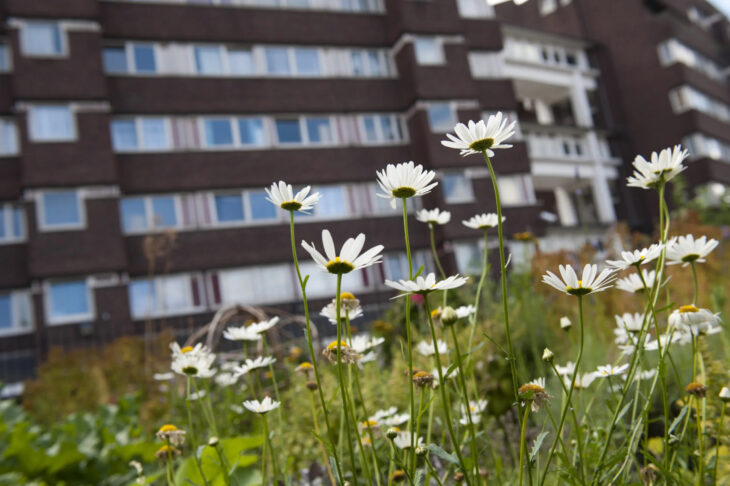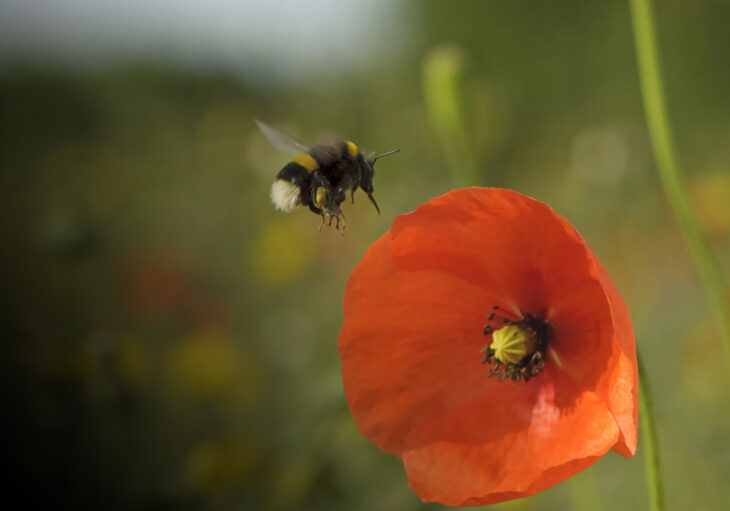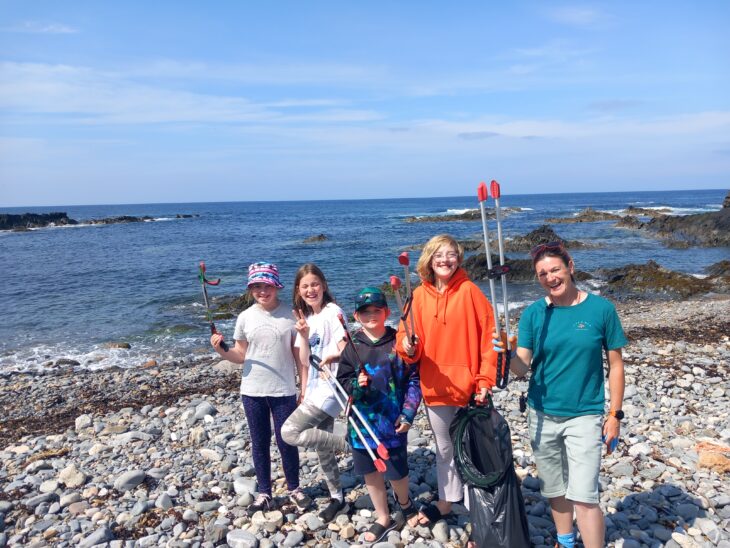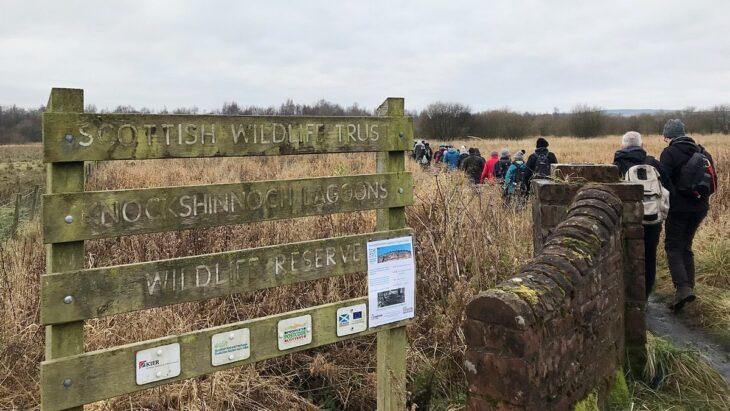Response to People’s Plan for Nature
The Scottish Wildlife Trust welcomes the People’s Plan for Nature, an initiative from WWF-UK, the RSPB, which has been developed through a two-phase participatory process. We applaud the move to widen out the discussion around, and crucially action to combat, the nature emergency.
The People’s Plan for Nature, which we will refer to as the Plan, uses vision statements to illustrate people’s aspirations for a future in which nature is protected, restored, and renewed. It also includes 26 calls to action, a set of recommendations, and key ideas for transformative change grouped into themes: vision and leadership, regulation and implementation, nature-friendly farming, food production and consumption, marine protection for our coastal waters, waterway and catchment management, local access to nature and using evidence effectively.

Vision and leadership
The Plan calls for all organisations, including governments, businesses, charities, and NGOs, to take action to protect nature. The Scottish Wildlife Trust agrees that this is a necessary step forward and that more collaborative pathways must be built across the sector. The Scottish Wildlife Trust has always been clear that if we are to solve the nature and climate crises we must adopt a holistic ecosystem approach to our problems and not view them in isolation. The Trust prides itself on working with a myriad of stakeholders, from NGOs and businesses to the Scottish Government and communities of interest and place. We work on environmental education and awareness through Next-door Nature, a project that aims to strengthen community leadership and organise local action for the environment. Similarly, we collaborate with Local Groups on conservation initiatives, planning and development issues, and other activities to inspire people about Scotland’s wildlife.
Regulation and implementation
The Scottish Wildlife Trust collaborates with the Scottish Government, its agencies, and the Parliament in order to influence government and decision-makers on policy which impacts nature, as well as bringing together public, private and voluntary sector organisations to protect, value and rebuild Scotland’s natural capital through the Scottish Forum on Natural Capital.
Nature-friendly farming and food production
In order to have agricultural systems that work for people, the plant and for farmers, there is a need to research best practices, make information available to farmers, and support farmers who are adopting nature-friendly practices. In Scotland, we need to replace the old farm funding system with a fresh one that enables farmers and crofters to manage their land in ways that combat climate change, protect and restore the environment, and rejuvenate rural communities.

Marine protection for our coastal waters
We all have a role to play in achieving a healthy, biodiverse, and productive marine ecosystem. We must acknowledge and address the effects of human activity on the marine environment. It is crucial to increase our common understanding of the current environmental status through collaboration with a wide range of stakeholders including communities and marine based industry. We must also foster honest and productive communication amongst stakeholders if we are to achieve substantial and long-lasting improvements to the health of the oceans. Amongst a range of other things, we have been working on The Living Seas project, which involves marine spatial planning and community engagement and promotes sustainable aquaculture and the promotion of marine protected area networks.

Waterway and catchment management
Native trees are crucial for waterway health, regulating water temperature, safeguarding wildlife, reducing soil erosion, and storing carbon. Public engagement, thorough mapping, and technical knowledge are essential to restore these woodlands across Scotland. The Riverwoods BluePrint Project, led by the Scottish Wildlife Trust, aims to take these. The project, currently in the development phase, adopt a comprehensive approach, including plans for a polycentric governance model and a digital centre for excellence, community engagement research and a measuring and monitoring framework. Aimed at benefiting farming, tourism, and conservation sectors, it seeks to reduce flood risks, improve water quality, and expand natural networks. This cooperative endeavour will enhance habitats, improve water quality, sequester carbon, and secure a natural legacy for future generations to enjoy.
Local access to nature
The Plan wants to help nature flourish by identifying underused spaces in our communities and turning them into green places. A practical solution to this this using mapping and opportunity mapping to highlight local nature networks and making sure everyone involved gets the most out of it. Also, there is a need to improve access to the countryside and bring nature into urban areas. As a member of the outdoor access forum, we support the Scottish Outdoor Access Code. You can find a list of our reserves and accessibility here.

Using evidence effectively
Everyone should have access to high-quality information and access to nature and we are committed to making our data open to all.
While we are committed to protecting nature and reconnecting people with it, initiatives such as the People’s Assembly can help NGOs to appreciate the bigger picture within which our work makes a difference. That’s why it’s vital to maintain transparency and openness in our operations. We wholeheartedly share the Assembly’s objectives and are committed to helping achieve them. However, we also have to balance these goals with our existing Strategy 2030 and our Nature Recovery Plan. Recognising the urgency of action, we strive for nature-friendly farming, marine protections, waterway and catchment management, and ensuring local access to nature.
We would welcome meeting with the Assembly to discuss how we can further align our activities with the Plan. This Plan is an impressive achievement that reflects the desires of a cross-section of society, serving as a reminder of the strong support for action on nature while also highlighting the gaps in awareness about the challenges facing our ecosystems. In the face of the ongoing nature and climate crises, we are more committed than ever to protecting nature and reconnecting people with it. This is why the Scottish Wildlife Trust will continue encouraging governments, businesses, academics, and members of the general public to approach the issue holistically and urgently. We believe that a balanced, collaborative, and transparent approach can help us restore and protect the nature we all treasure and depend on.
Help protect Scotland’s wildlife
Our work to save Scotland’s wildlife is made possible thanks to the generosity of our members and supporters.
Join today from just £3 a month to help protect the species you love.
Preface
The Scottish Wildlife Trust welcomes the People’s Plan for Nature, an initiative from WWF-UK, the RSPB, which has been developed through a two-phase participatory process. We applaud the move to …
